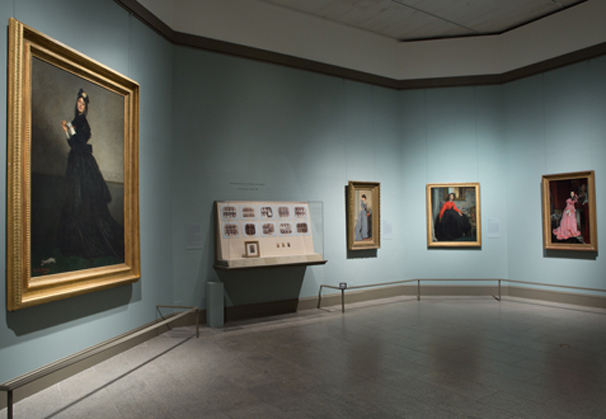
The Metropolitan Museum of Art’s “Sunday at the Met Program” is a great resource for museum lovers who want to learn more about the exhibitions on display. Recently, the Met organized a series of short, 20-minute talks and a panel discussion featuring curators, professors and experts on fashion and art to accompany the well received “Impressionism, Fashion, and Modernity” exhibition.
Located in the Grace Rainey Rogers Auditorium in the Met’s Egyptian Wing, the event explored several aspects of the diverse exhibition. Susan Alyson Stein, curator in the department of European paintings and main curator of “Impressionism, Fashion, and Modernity,” introduced the exhibition with a brief summary of the works accompanied by visual aides.
Stein also introduced themes that were highlighted in the exhibition, such as the effects of mass consumerism on art, the changing notions of modernity and the shift from depicting the elite toward representing urban life in fine art.
“For the leading critics of the impressionist age, modernity was an urban phenomenon,” Stein said.
Following Stein was Gloria Groom, curator of 19th Century European Painting and Sculpture at the Art Institute of Chicago, spoke more in depth about the shift from handcrafted clothes to mass market production and consumerism in the 19th century. She also discussed the beginnings of the notion of department stores and explored the relationship among women’s fashion magazines, art and fashion trends in modern life.
“One of the ways modernity was defined in the 19th century was through the image of fashionable women,” Groom said. “The impressionists’ nod to mass marketing was more implicit than explicit.”
The most fascinating talk was on the subject of corsets and their role in fashion and art in the 19th century. Fashion historian, curator and director of the Museum at the Fashion Institute of Technology Valerie Steele spoke on the subject of corsets: corsets, how they changed over time and what they meant for women who wore them. She made interesting parallels between them and modern methods of body manipulation such as plastic surgery and dieting.
“The corset is probably the single most controversial item in the history of fashion,” Steele said. “Why did women wear corsets for 400 years, and why did they finally stop?”
The next two talks, by professor of fine art at the University of Edinburgh Richard Thomson and emeritus professor at the Courtauld Institute of Art Aileen Ribeiro, were on fashion and art as social status symbols in day-to-day 19th century Parisian life.
“Impressionism, Fashion, and Modernity” will be in exhibit through May 27.
Deeksha Mehta is a contributing writer. Email her at [email protected].






















































































































































